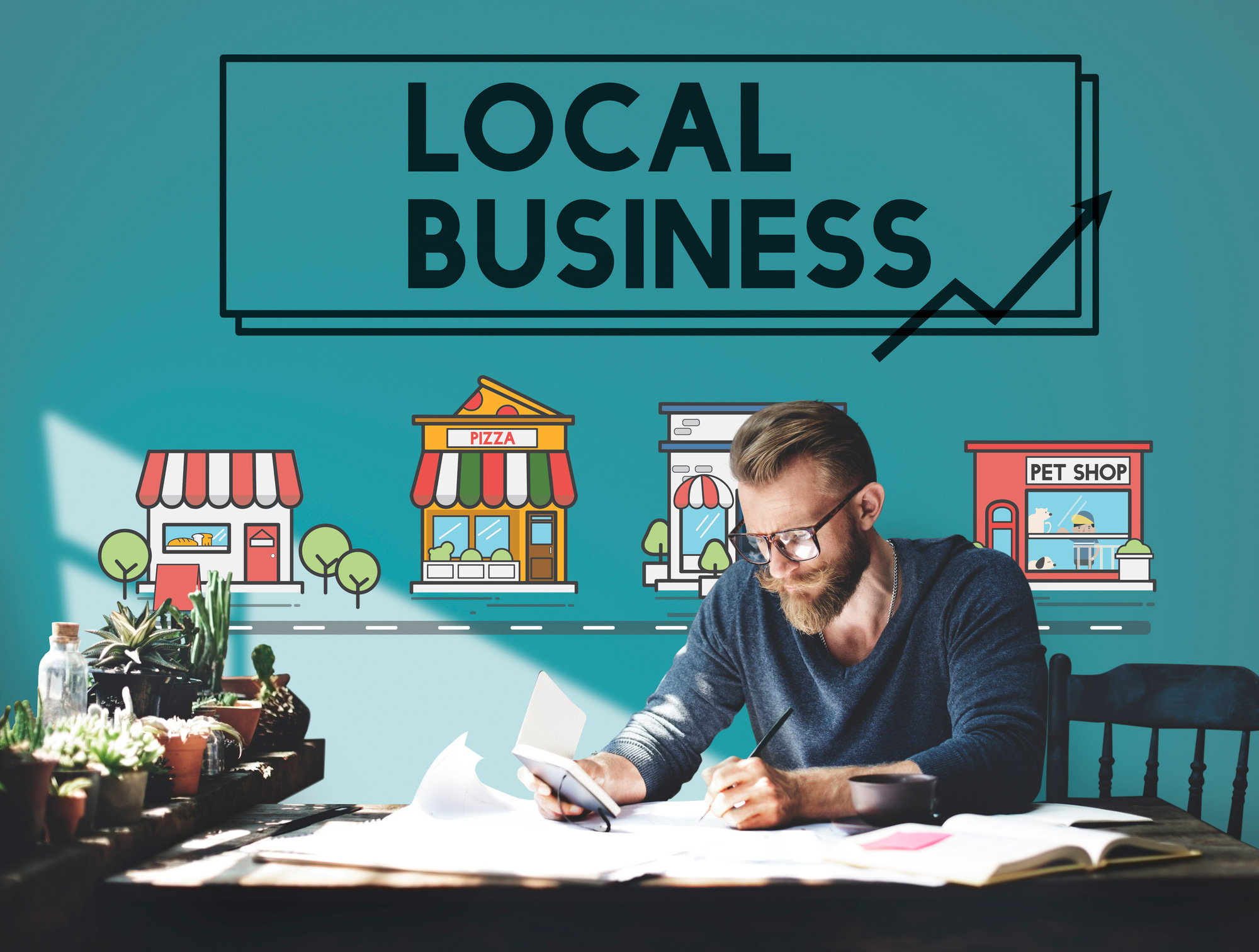Getting a bad review online can be maddening, but don’t make it worse by responding without putting in a lot of thought to how your own response will be perceived by other future customers. I have a client who had a very poor review. When you are in business, you…
-
-
Google HotPot a Great Idea With a Silly Name
Google released HotPot about two weeks ago and so far I have used it several times and like it. I have to say if you have not checked it out you definitely should. If you are a local selling and serving business, you for sure need to come up to…
-
Google Places Tags Do They Work?
So does that little yellow icon that you just bought for $25 for the month that Google will show next to your Google Places aka Google Maps listing work to drive traffic? Interesting question and here is the statistical data from one client that shows it is not worth the…
-
Google Boost Looks a Lot Like Yahoo Local
If you’ve been around for a while you will know what I mean when I refer to the now defunct Yahoo Local, but Google Boost sure looks a lot like it! That being said, I am really watching Google Boost carefully. Google Boost a new monetization tactic being used for…





